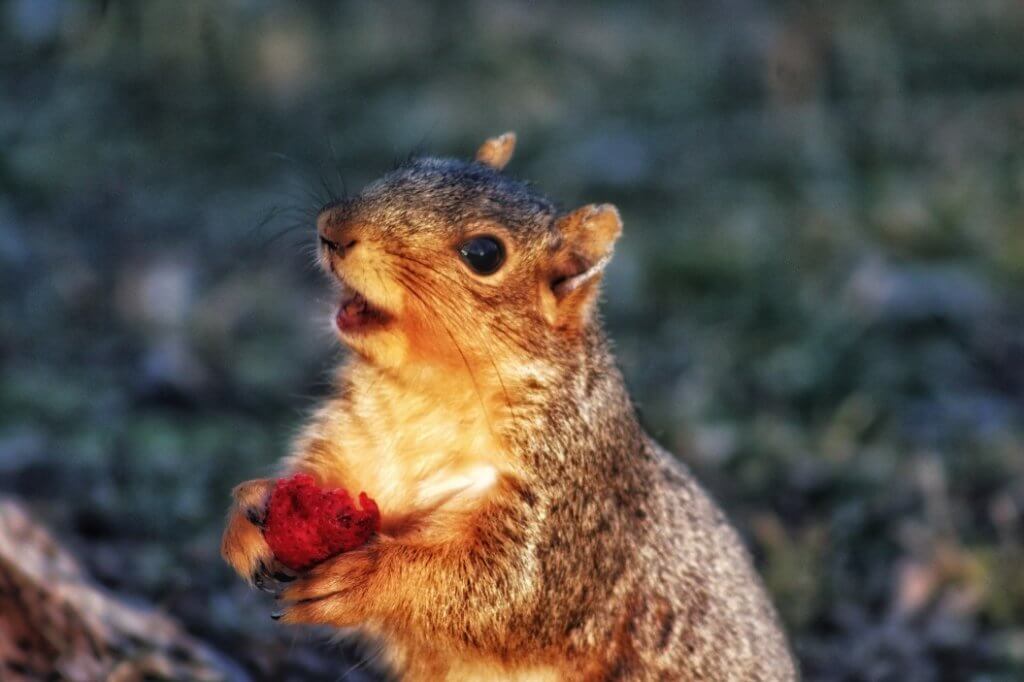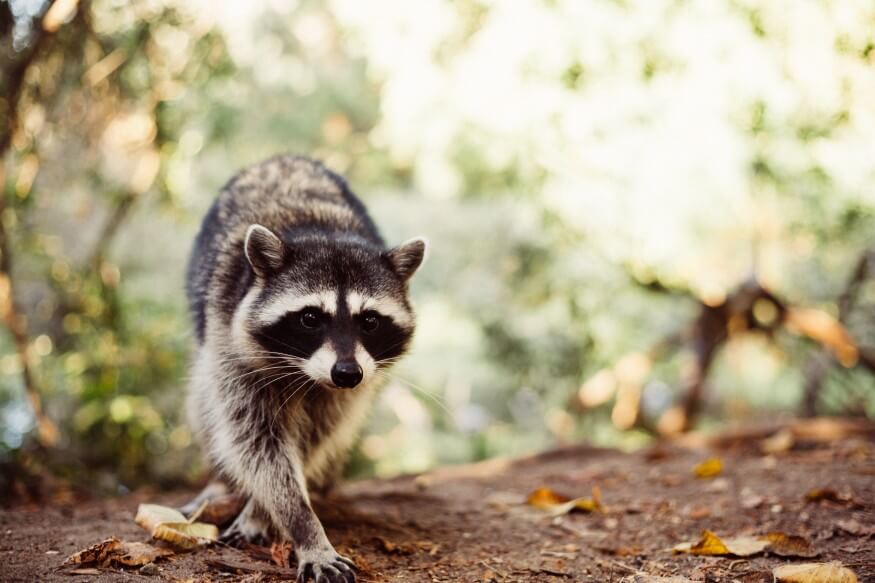Animal removal Costs
Wild animal removal as well as elimination expenses $343 usually with a regular series of $187 as well as $524. Bug business charge either a flat cost or a minimum solution phone call cost between $150 to $250 with a hourly price between $50 as well as $250 after the first hour. Budget pleasant as well as humane DIY techniques with animal catches runs anywhere from $50 to $350.
Infestations take lots of types: bats, rats, computer mice, birds, squirrels, racoons, skunks as well as feral cats. Rats as well as mice are slightly much less at $300 usually. Removing raccoons and also squirrels are just one of the costliest tasks running $200 to $1,500 or more depending upon the size of the invasion and the amount of damages triggered.
Off-the-shelf toxins might feel like an economical and appealing option, but these items threaten to family pets as well as children when carried out poorly. To keep your family members and also family pets safe, get in touch with a wildlife removal expert for an appointment.
Actual costs will differ by your area, kind of animal, where it has embedded as well as the extent of damages it has actually done to your home.
Learn about wildlife removal near me:
Wildlife Removal near me in Columbia MD
Animal Removal near me in Towson
Wildlife Removal near me in Pikesville
Animal Removal near me in Owings Mills
Animal Removal near me in Timonium
Wildlife Removal near me in Baltimore, MD
Nuisance Wildlife & Animal removal Costs
Wildlife administration and animals removal sets you back $100 to $1,000 or even more. Typically, you 'll spend $200 to $350 for many common situations. Problem wildlife is any type of wild animal invading a human environment-- raccoons in the attic, squirrels in the garage, birds in the chimney.
Wildlife control services supplied by your city government is normally a totally free service to eliminate most tamed animals and, much less frequently, larger wild animals like racoons as well as feral cats.
Animal removal suggests trapping and getting rid of as opposed to extermination. It usually requires multiple visits. The term also includes preventative steps like covering animal entranceways. Your pro might combine extermination and elimination approaches, particularly when it comes to a rat.
Squirrels in Attic Removal Cost
Removing squirrels from your attic costs anywhere from $200 to $600 though huge invasions can run upwards of $1,500. This includes live trapping. Using toxins are unusual.
Squirrels can destroy insulation, wall surfaces and home siding while building nests. The longer they remain in the residence, the more damage they are likely to cause. Eliminating them quickly is vital to maintaining repair costs to a minimum.
Raccoon Removal
Raccoons set you back $350 to $600 to transfer. Specialists make use of real-time capturing techniques which may require numerous gos to.
Learn more about raccoon elimination prices and what you can do to keep them away.
Skunk Removal Cost
Skunk removal costs $300 to $600 with an expert extremely advised. They can find their means right into crawlspaces and also cellars trying to find insects, mice or rats or to build a nest.
A person house owner can do DIY skunk elimination. Don't attempt to live capture one as they will certainly spray you-- a smell that will certainly stick around in your house for days or weeks.
- Block all the openings to the house other than one.
- Area flour around the opening.
- Wait until they leave to forage for the day (search for tracks in the flour).
- Block the last opening.
Dead Animal Removal
Dead animal elimination prices anywhere from $150 to $250 or even more including a drywall spot. Animals in a crawlspace, attic or various other quickly accessible area might set you back $150 or much less.
Remove dead pets today since they create smells as well as can lead to an insect invasion.
Average Cost of Opossum Control
It costs $250 to $500 to eliminate all opossums and also seal their access point. Like raccoons, they can do huge quantities of damages promptly. Identifying and removing them quickly with online trapping techniques is essential to keeping repairs to a minimum.
Rats & Mice
Rodent elimination costs $150 to $450 depending on the size of the problem. Unlike the majority of various other animal removal, this commonly uses a mix of live trapping and also poisonous substances.
Groundhogs in Yard, Basement or Crawl Space
Groundhog removal prices range from $150 to $200 since they are just found in backyard and crawl spaces. Extermination is a more effective approach, it's less humane.
Pigeons, Birds & Bird Nest Removal
Bird removal sets you back $100 to $300. Setting up netting and also spikes can run an extra $500 to $1,000. Pigeons and other birds generally nest in and around homes, a lot of frequently under eaves and in chimneys and also garages. Humanely eliminating birds is often a simple procedure that involves preventative steps.
In lots of locations, it is prohibited to remove native bird types, such as the American Robin or Mourning Dove, during nesting period when they have young to feed. Invasive types, like the European Sparrow, are not usually protected. Wait till after the young have left the nest to eliminate the birds and also take preventative actions to maintain them from returning.
Given that regional and also state laws differ on protected species as well as elimination times, talk to your regional wildlife control firm for specifics.
Getting Rid of a Bat Infestation
Removing a bat problem costs $200 to $550 and typically needs a professional. Costs usually include cleaning and also cleanliness. Talk with your expert to comprehend the procedure for your circumstance.
Wildlife Removal Inspection Costs
Examinations run $75 to $300 to figure out the animal kind and also extent of invasion as well as damages. If you get the professional for removal, they'll typically include this in the price or do it free of charge. Huge business, like Terminix, supply complimentary evaluations as well as appointments.
Inspections likewise assist to determine what fixing, substitute and preventative measures you'll require to take after the animals are most likely to shield your home from one more infestation.
Squirrel, Mole & Critter Extermination vs. Control
Wildlife control isn't the like elimination. Whenever possible, humane control approaches, such as real-time removal, is the preferred technique. It's not just more civilized but likewise safer for you, your pets and also household.
Sometimes, such as with computer mice as well as rats, elimination might be required or made use of with online relocation approaches. Compassionate methods have a tendency to be more expensive as they call for finding a place to establish the animals totally free instead of simply getting rid of them.
Live Removal vs. Extermination
Live Removal Extermination
Humane Kills the pet.
Safe for humans Poisons risky for humans.
Avoidance is costly Prevention includes traps & toxin.
Takes extra time Takes much less time.
No carcass Carcass removal.
Live elimination
- Makes use of online animal traps or expert trappers to catch as well as move the wild animals to a much safer environment far from human beings.
- Takes longer and also frequently comes with higher expenditure than elimination.
- Consists of preventative steps like:
- Sealing animal entrance openings in your house.
- Making use of bird spikes.
- Utilizing netting as well as secure fencing.
Extermination
- Uses traps, toxic substances as well as poisonous substances to eliminate animals.
- Typically less expensive and also more reliable.
- The poisonous substances made use of are hazardous for humans, pets and also various other wild animals. Dead animals might mean reducing into wall surfaces as well as greater repair expenses.
Free Animal Removal Services
Free animal elimination is uncommon. However, in some areas, your community animal removal services might remove some common bugs. It's always an excellent idea to talk to them initially. Regardless of removal technique, you are still responsible for any kind of essential repair services.
Expense to Repair Damage Caused by Pests
Damages triggered by not removing parasites from your house is an often-overlooked element of bug control. Rats, squirrels and bats can damage wall surfaces, damage insulation, as well as eat via electric circuitry.
Read more On
Does home insurance cover animal removal?
Learn More Here: How much does wildlife removal cost?
source
https://ontheflypestsolutions.com/what-is-the-cost-for-animal-removal/

